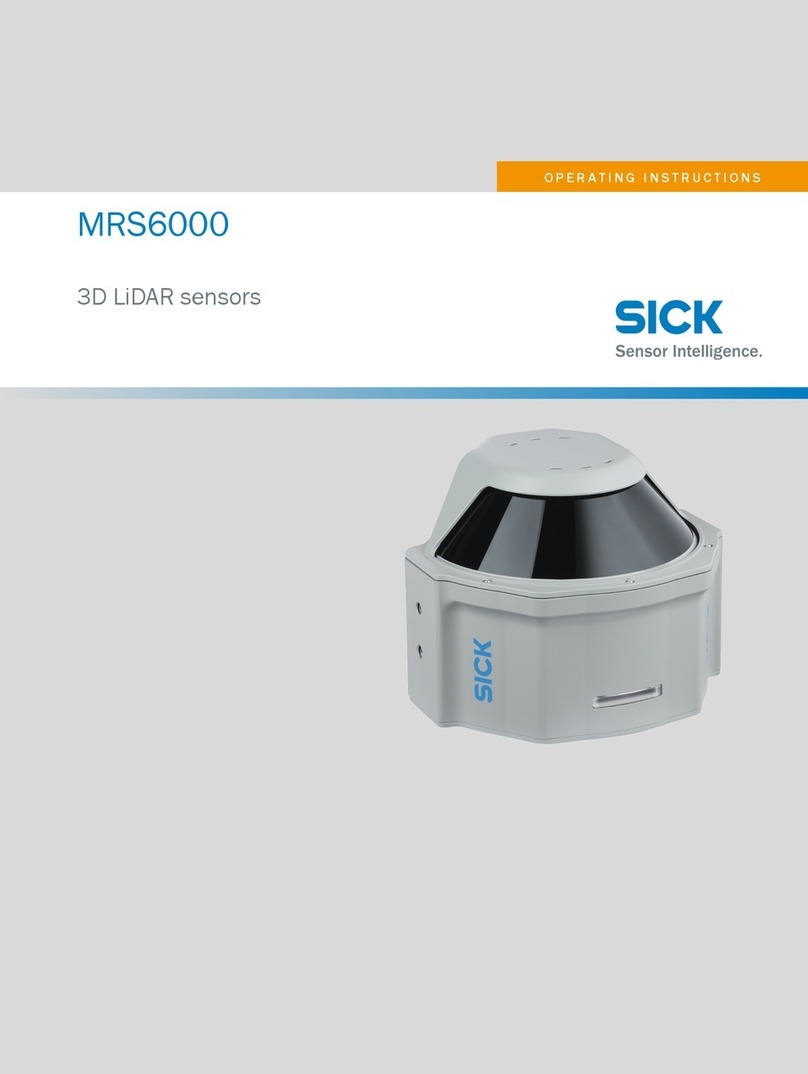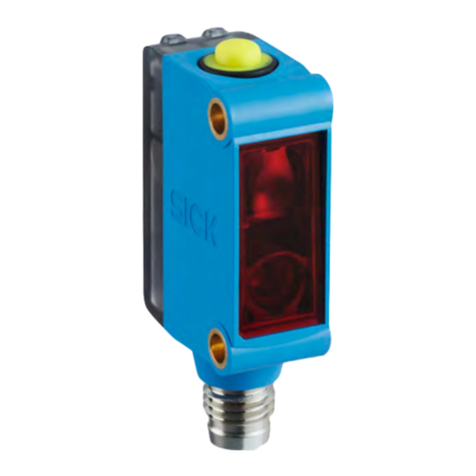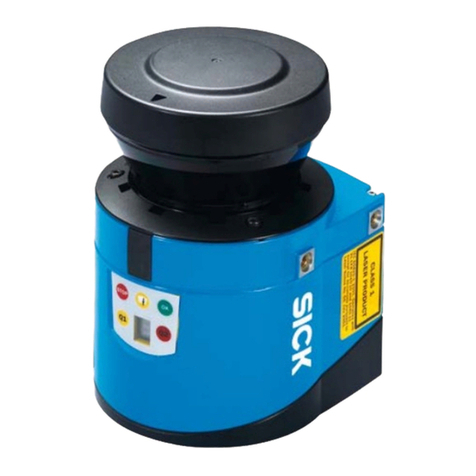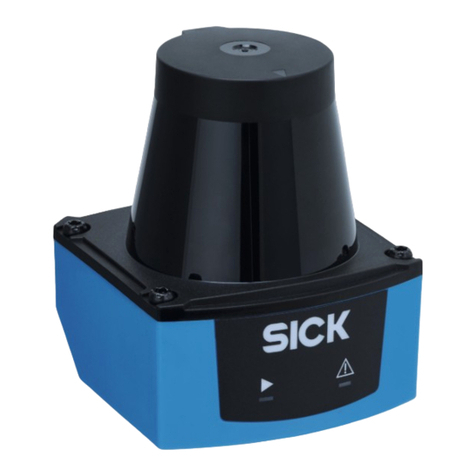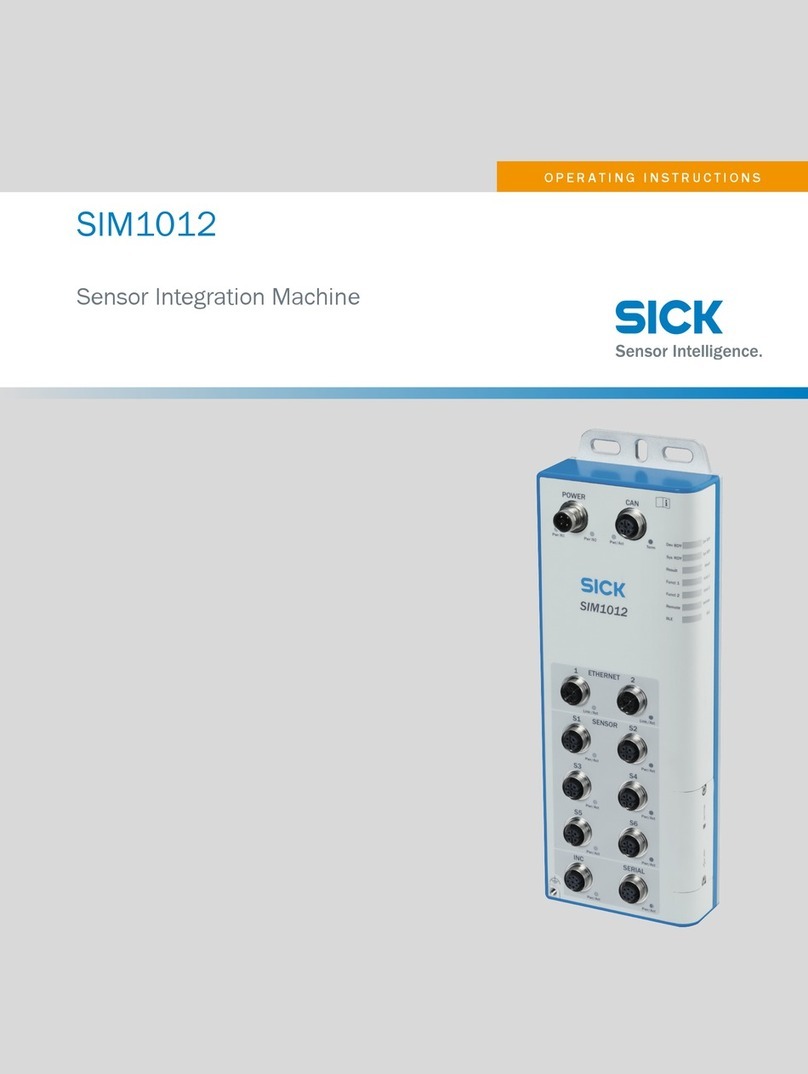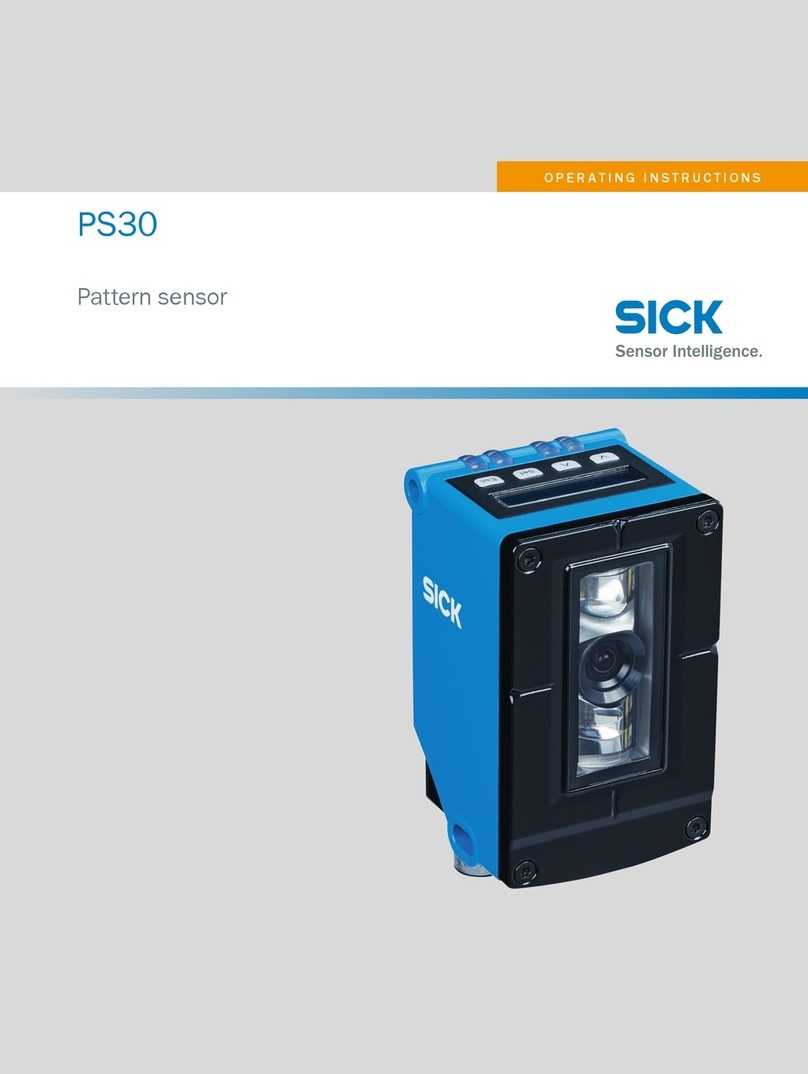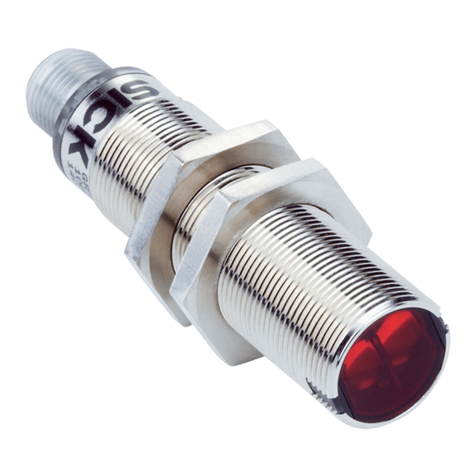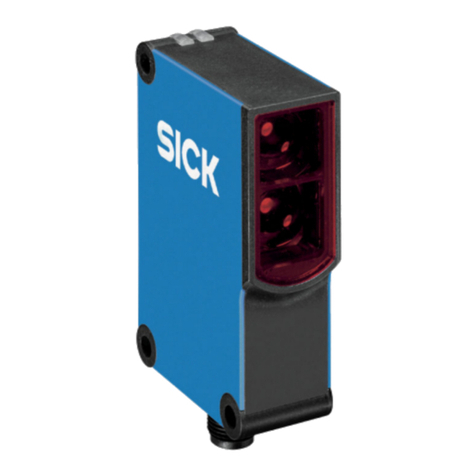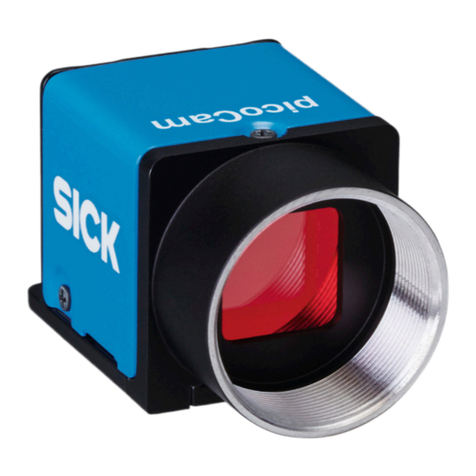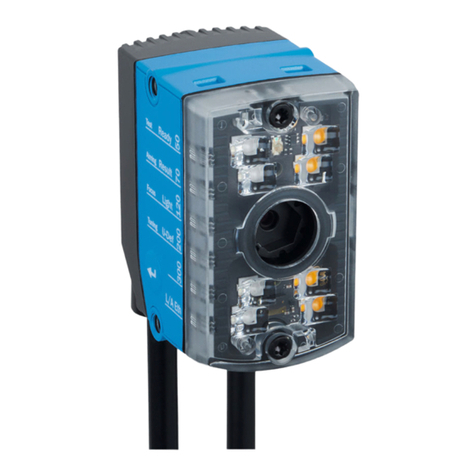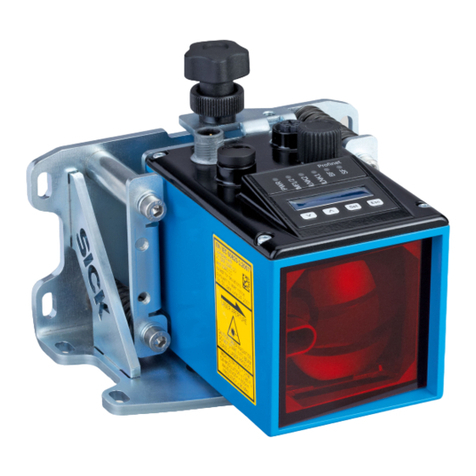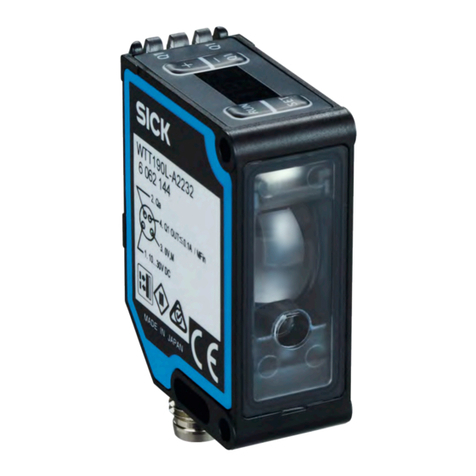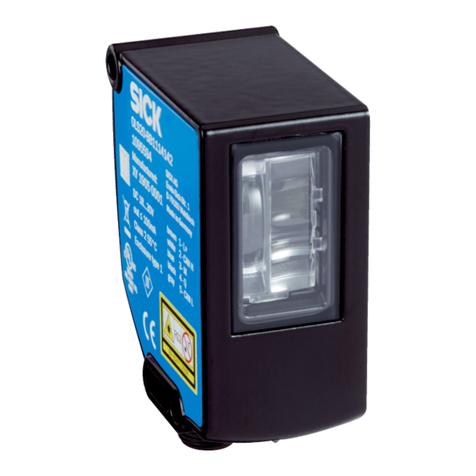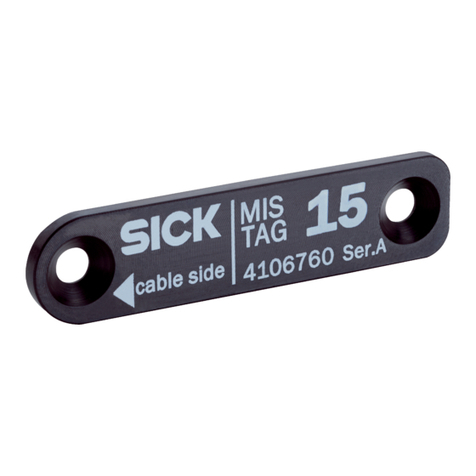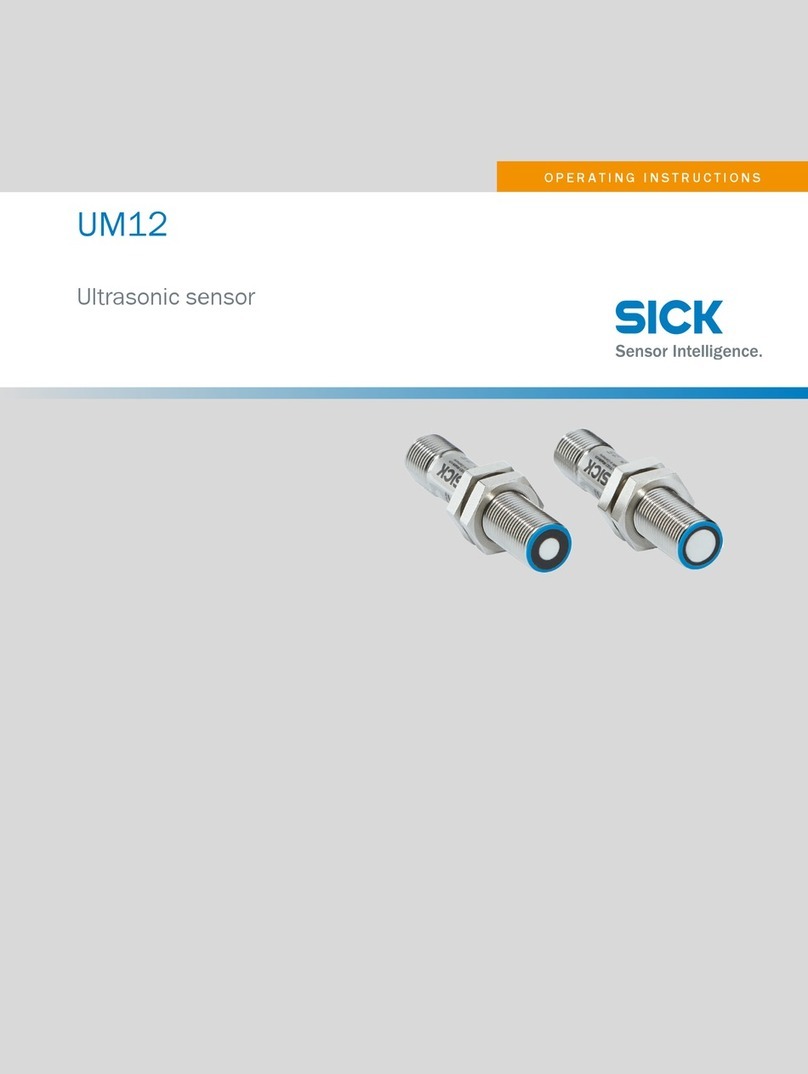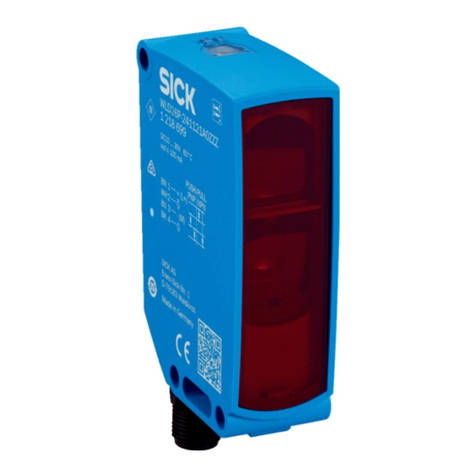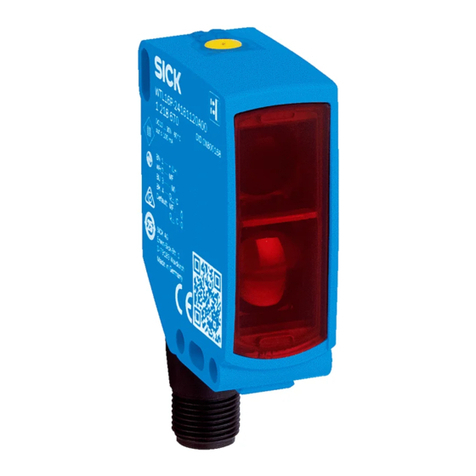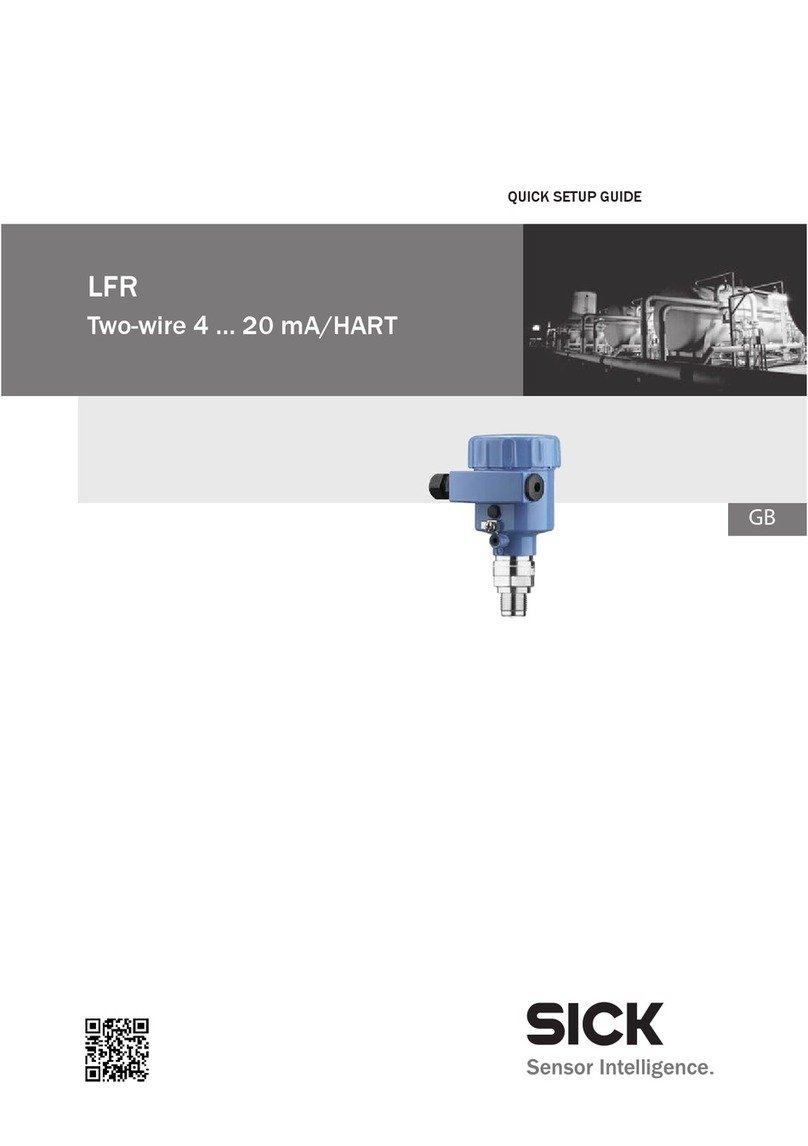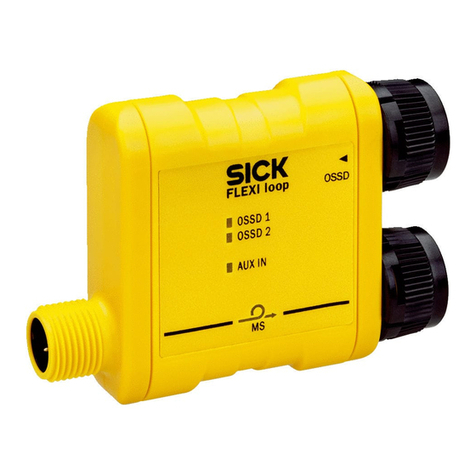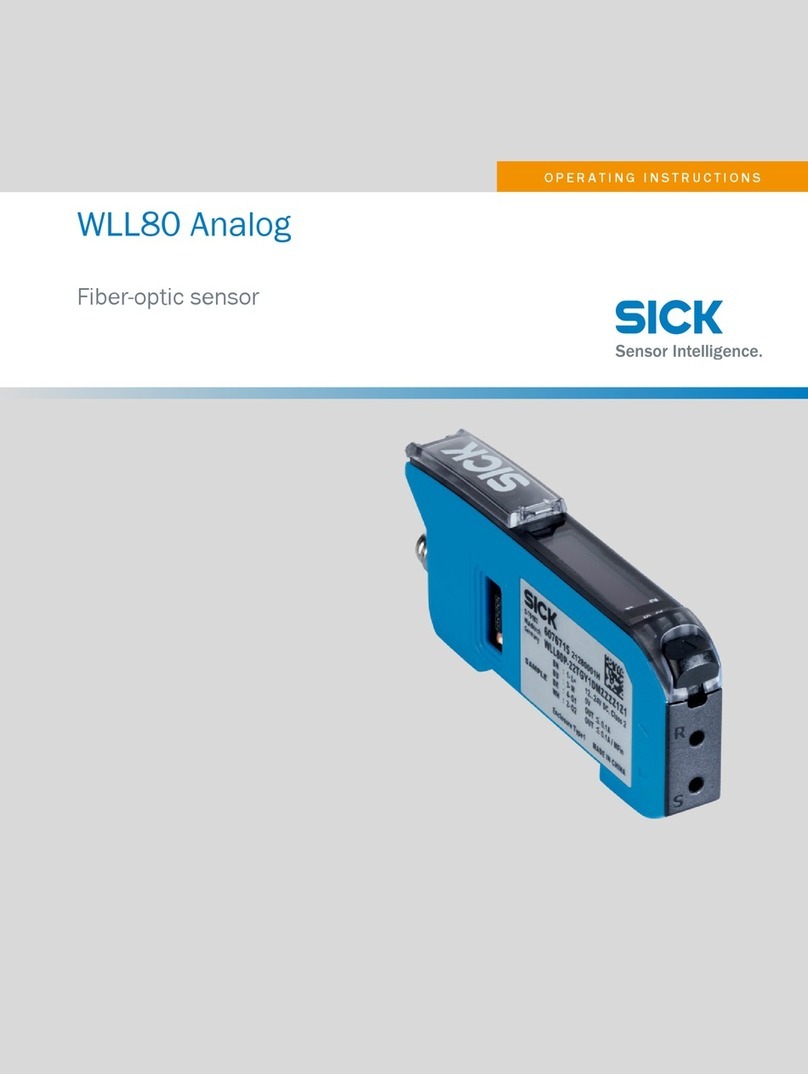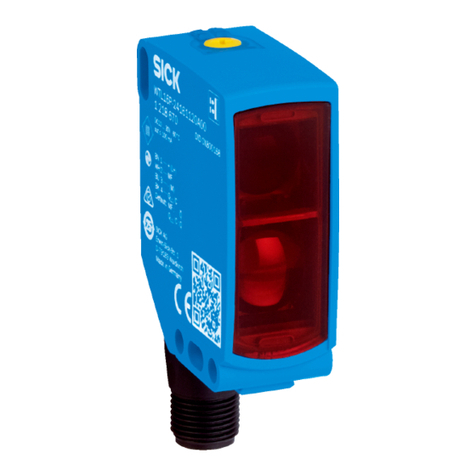5
4 An die Spannungsversorgung anschließen
LFV 200 • Tuning Fork
40553-01-140214
3.2 Montagehinweise
Einschweißstutzen
Für Gewindeausführungen des LFV 200 in
Kombination mit einem Einschweißstutzen mit
vornliegendem O-Ring und Einschweißmarkie-
rung.
LFV 200 mit den Gewindegrößen ¾" und 1"
haben einen denierten Gewindeauslauf. Das
bedeutet, dass sich jeder LFV 200 nach dem
Einschrauben immer in derselben Stellung
bendet. Entfernen Sie deshalb die mitgeliefer-
te Flachdichtung vom Gewinde des LFV 200.
Diese Flachdichtung wird bei Verwendung des
Einschweißstutzens mit frontbündiger Dichtung
nicht benötigt.
Vor dem Einschweißen müssen Sie den LFV
200 herausschrauben und den Gummiring aus
dem Einschweißstutzen herausnehmen.
Der Einschweißstutzen ist bereits mit einer
Markierungskerbe versehen. Schweißen Sie
den Einschweißstutzen bei horizontalem Einbau
mit der Markierung nach oben oder unten ein;
in Rohrleitungen (DN 25 bis DN 50) in Fließ-
richtung.
1
Abb. 4: Markierung am Einschweißstutzen
1 Markierung
Anhaftende Füllgüter
Bei horizontalem Einbau in anhaftenden und
zähüssigen Füllgütern sollten die Flächen der
Schwinggabel möglichst senkrecht stehen.
Die Stellung der Schwinggabel ist durch eine
Markierung auf dem Sechskant des LFV 200
gekennzeichnet. Damit können Sie die Stellung
der Schwinggabel beim Einbauen kontrollieren.
Bei anhaftenden und zähüssigen Füllgütern
sollte die Schwinggabel möglichst frei in den
Behälter ragen, um Ablagerungen zu verhin-
dern.
Strömungen
Damit die Schwinggabel des LFV 200 bei Füll-
gutbewegungen möglichst wenig Widerstand
bietet, sollten die Flächen der Schwinggabel
parallel zur Füllgutbewegung stehen.
4 An die Spannungsversor-
gung anschließen
4.1 Anschluss vorbereiten
Sicherheitshinweise beachten
Beachten Sie grundsätzlich folgende Sicher-
heitshinweise:
• Nur in spannungslosem Zustand anschlie-
ßen
4.2 Anschlussplan
Kontaktloser Schalter
Zum direkten Ansteuern von Relais, Schützen,
Magnetventilen, Leuchtmeldern, Hupen etc.
Das Gerät darf nicht ohne zwischengeschaltete
Last (Reihenschaltung) betrieben werden, da
der Elektronikeinsatz bei direktem Anschluss an
das Netz zerstört wird. Nicht zum Anschluss an
Niederspannungs-SPS-Eingänge geeignet. Der
Eigenstrom wird nach Abschalten der Last kurz-
zeitig unter 1 mA abgesenkt, so dass Schütze,
deren Haltestrom geringer ist als der dauernd
ießende Eigenstrom der Elektronik (3 mA),
dennoch sicher abgeschaltet werden.
Beispiele für typische Anwendungen:
• Lastwiderstand bei 24 V DC: 88 … 1800 Ω
• Bemessungsleistung, Relais 253 V AC:
> 2,5 VA
• Bemessungsleistung, Relais 24 V AC:
> 0,5 VA
Bei der Steckervariante Ventilstecker ISO 4400
können Sie ein handelsübliches Kabel mit run-
dem Kabelquerschnitt verwenden. Kabeldurch-
messer 4,5 … 7 mm, Schutzart IP 65.
